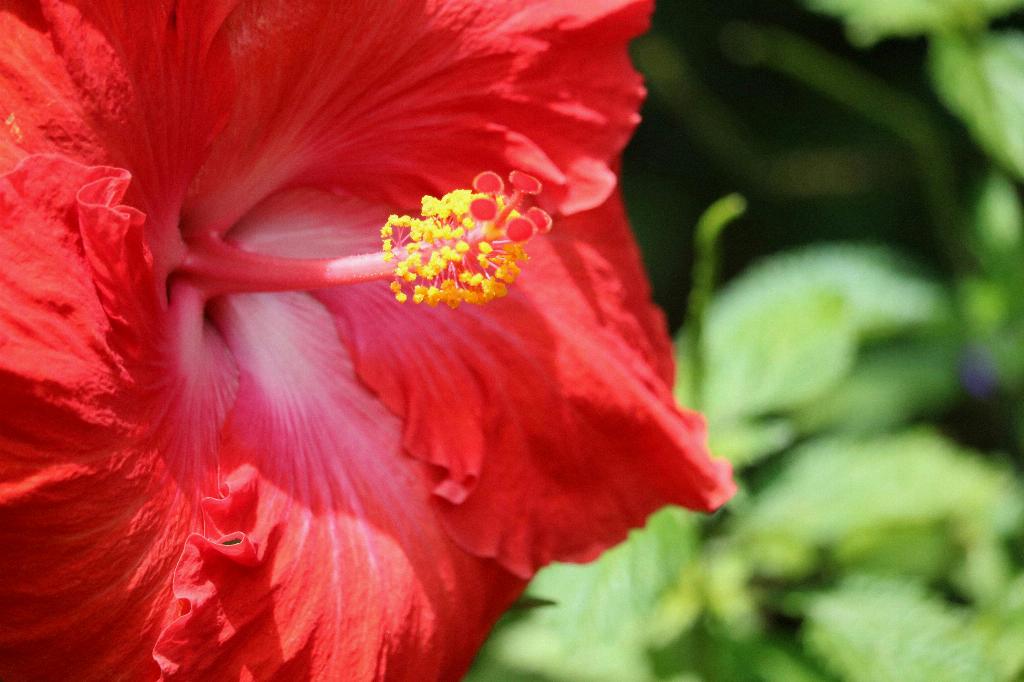When it comes to watering your hibiscus plants, finding the right balance is key. Keeping the soil surrounding your hibiscus moist, but not overly soggy, is crucial for their health and vibrancy. Proper watering habits can make all the difference in the growth and blooming of your hibiscus.
During the initial stages after planting your hibiscus, it’s important to water them daily. This daily watering routine should be maintained for at least the first week to help the plants establish themselves in their new environment. As the plants start to settle in, you can begin tapering off the frequency of watering.
In the second week post-planting, you should reduce the watering frequency to once every two days. This adjustment allows the hibiscus plants to continue receiving an adequate amount of water while gradually adjusting to a less frequent watering schedule. Monitoring the moisture levels in the soil during this time is crucial to ensure the plants are getting the right amount of water.
As your hibiscus plants further acclimate to their surroundings, you can extend the time between watering sessions to about twice a week. This routine should be maintained as long as there is no significant rainfall to supplement the water needs of the plants. Regularly checking the soil moisture and adjusting the watering schedule accordingly is essential for promoting healthy growth.
In case of exceptionally hot and dry weather conditions, it may be necessary to increase the frequency of watering to every other day. During periods of intense heat and low humidity, hibiscus plants can quickly dry out, requiring more frequent watering to sustain their hydration levels. Paying attention to the weather patterns and plant conditions can help you determine when to adjust your watering routine.
Overwatering can be just as harmful to hibiscus plants as underwatering. Soggy soil can lead to root rot and other issues that can compromise the health of your plants. It is essential to strike a balance between providing enough water to keep the soil moist and preventing waterlogged conditions that can harm the roots.
One way to determine if your hibiscus plants need watering is by checking the soil moisture level. Inserting your finger into the soil up to an inch deep can help you assess whether the soil is dry or still damp. Avoid watering if the soil feels moist, as overwatering can lead to problems like fungal diseases and nutrient leaching.
Another important factor to consider when watering hibiscus plants is the time of day. Watering your plants in the morning allows them to absorb moisture throughout the day and dries out any excess moisture before cooler evening temperatures set in. Watering in the morning also reduces the risk of fungal growth and diseases that thrive in damp conditions.
During the growing season, it’s crucial to maintain a consistent watering schedule to support the blooming and overall health of your hibiscus plants. Proper hydration is essential for the plants to produce vibrant flowers and lush foliage. An irregular watering routine can stress the plants and impact their ability to thrive.
While hibiscus plants require regular watering to thrive, it’s important to avoid overwatering, which can lead to waterlogged soil and root rot. Providing adequate drainage in the planting area can help prevent water from pooling around the roots and ensure proper aeration of the soil. Well-draining soil combined with a balanced watering schedule is key to supporting healthy hibiscus growth.
By understanding the specific watering needs of hibiscus plants and adjusting your watering routine accordingly, you can create an optimal environment for these beautiful and vibrant flowers to flourish. Monitoring soil moisture, adjusting watering frequency based on weather conditions, and maintaining a consistent schedule are all essential strategies for promoting the health and beauty of your hibiscus plants.
Remember, each hibiscus plant may have slightly different watering requirements based on factors like climate, soil type, and container size. Observing the individual needs of your plants and making adjustments as needed will help you cultivate healthy, thriving hibiscus plants that bring beauty and color to your garden.

